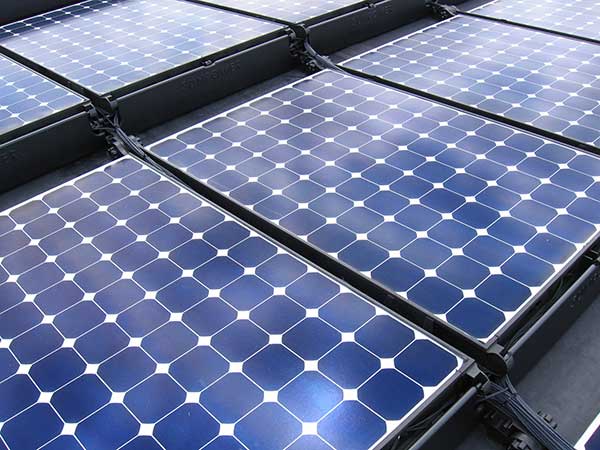

You are not the only one who has observed that your solar panel system is not producing as much energy as it should. More than half of domestic solar systems perform less than they should, according to government statistics. And to make matters worse, over 14% of the nation’s solar systems have a serious flaw every year and quit functioning altogether. Most of these issues go unnoticed until homeowners notice an increase in their electrical bills. In actuality, the homeowner loses money every day that passes without being noticed.
- Errors and defects in inverters
As per SolarMe NJ, nearly 50% of significant solar system failures are caused by inverter issues. Typically, the entire system shuts down and produces no energy when an inverter fails. Inverter failure could be caused by a variety of factors, and in most cases, a licensed solar electrician is needed to fix the problem. You should be able to get these defects corrected for free under warranty because inverters often come with a 5-10-year guarantee.
- Microfractures
Small cracks that can develop in solar cells are referred to as microfractures or microcracks and are one type of solar cell deterioration. Some microfractures can cover the entire panel’s surface, while others only affect a small portion of a cell. A solar PV system’s energy output and lifespan may be impacted by these fissures.
Microfractures develop within cells and cannot be repaired without a module replacement. As it is not cost-effective to replace well-performing modules, care should be given to establishing if the cracks are significantly hurting the system’s performance.
Thermal cycling, i.e., change in temperature between night/day, and freezing temperatures are examples of possible reasons. Heavy snowfall, cyclic, or dynamic, pressure stresses, and wind loading, as well as the gradual degradation of hail.
- Degradation Gradually
Solar panels have a remarkable 25-year warranty and were built to last even longer, but there are numerous problems that could lead to early failure. To discover and diagnose the reasons why the panel is producing less energy than it should, the majority of these problems are difficult to spot with the naked eye and call for advanced analysis.
- Hotspots and PID, Potential Induced Degradation are a few of these problems.
- High resistance, such as solder junctions
- Shunting, such as moisture infiltration,
- Delamination,
- Breakage
- Flaws in the System’s Balance
To get the most out of your investment, all of the other parts that make up the entire solar system must function properly. Other potential failure points include:
- Electrical cable breakdown-related resistive losses;
- Water intrusion into solar inverters or panels;
- DC or AC isolators;
- Increased soiling; and
- Poor or improper installation.
- Positioning
The amount of energy the solar panels produce is also influenced by their placement. Although this can be a smart choice to maximize early morning or late afternoon energy generation to maximize your self-consumption of solar energy, facing the panels east or west will limit the energy output by roughly 15%.
If you want to check “Are My Solar Panels Working,” please follow the link.







